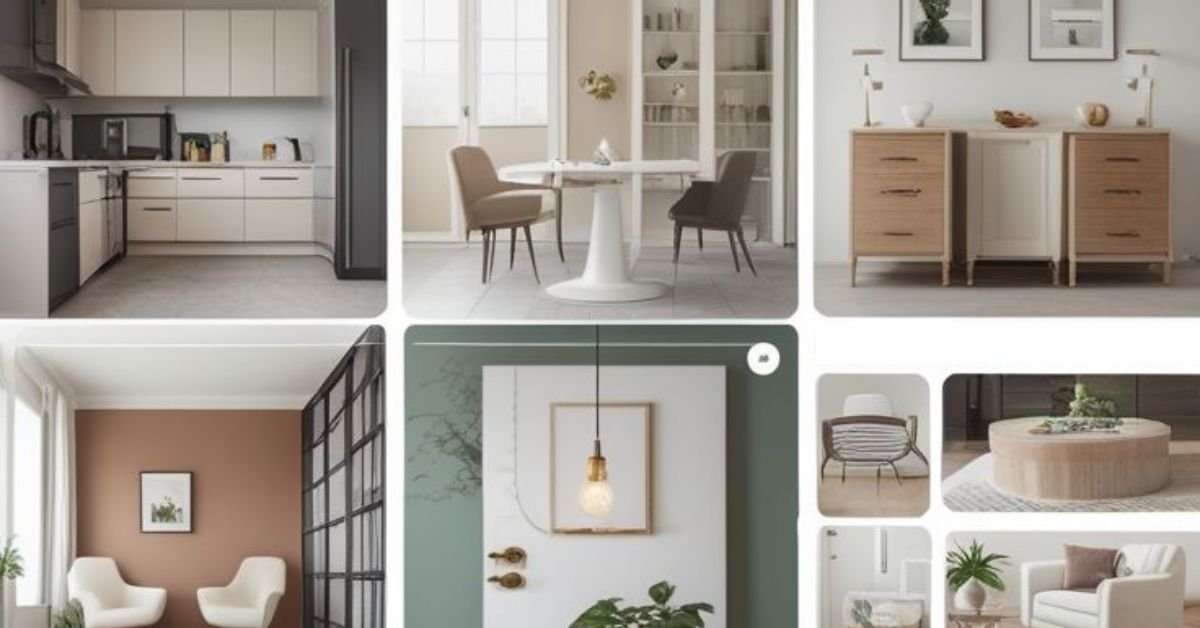- +27 71 653 3643
- Ecohavencraft@gmail.com

Home enhancements are greater than just a trend—they’re a clever manner to make your private home safer, cozier, and extra valuable. Whether you’re solving a leaky faucet or giving your partitions a sparkling coat of paint, small adjustments can flip your area right into a happier location to stay. Best of all, you don’t want a big budget or fancy equipment to begin!
From boosting your property’s curb enchantment to growing a kitchen that’s amusing to cook dinner in, home improvements allow you to personalize every nook. Even easy swaps, like changing vintage mild fixtures or organizing cluttered cabinets, can make daily lifestyles less difficult. Ready to roll up your sleeves? Let’s explore clean, price range-friendly thoughts to improve your private home step-by way of-step!

Improving your property isn’t pretty much making it appear nicer—it’s a clever way to increase its worth. Here’s a detailed breakdown of how home upgrades upload fees, even if you’re now not planning to promote each time quickly:
1. First Impressions Matter (Curb Appeal)
Buyers or site visitors judge your property in seconds. Simple enhancements like clean paint, a tidy garden, or a brand-new front door make your home appearance properly cared for. Think of it like dressing up for a unique event—it suggests satisfaction for your area.
Don’t fear in case you’ve by no means held a hammer—these projects are ideal for rookies! DIY home upgrades allow you to save cash, learn new skills, and make your space experience sparkling. Below, we’ll damage down 10 simple enhancements everybody can tackle, in spite of 0 revels in.
Painting a room (including an accent wall) is one of the most straightforward and low-priced approaches to refreshing your space. Whether you’re a total novice or simply looking for a quick weekend assignment, right here’s the whole thing you need to realize to get expert-looking consequences!
Paint:
Tools:
Extras:
Prep the Room
Tape Edges
Cut In the Corners
Roll the Walls
Second Coat (If Needed)
Accent Wall Tips
Upgrading cabinet knobs, handles, or pulls is one of the fastest and most low-cost methods to offer your kitchen or lavatory a present day makeover. Here’s a detailed breakdown of why this project rocks, a way to do it perfectly, and hints to nail the brand-new trends!
Drill (if holes need adjusting).
Measuring tape (to align handles lightly).
Template (to mark new hole positions if changing sizes).
1. Remove old hardware
2. Clean the surface
3. Adjust and attach new hardware
For existing holes:
For new holes:
Check continuity
2025 Trend Alert:
Match Your Style:
Measure Hole Spacing:
Replacing the old, dull light fixtures for new people is like giving your home a new pair of eyes – it looks immediately bright, smooth, and more inviting! Here is a detailed guide that will help you handle this project safely and confidently, even if you are new to electrical work.
1. Turn off the power
2. Remove chronic stability
3. Connect new stability
Match wires:
Attach the twisted wires clockwise and wire nuts.
Wrap the connection with electric tape for extra protection.
4. Safe stability
5. Test and enjoy
In the end, home upgrades, regardless of how small or easy, can significantly beautify the capability, aesthetic, and price of your residing space. Whether it’s upgrading hardware, portraying a room, or installing cutting-edge light furnishings, these tasks no longer simplest make your home more enjoyable but additionally boom enchantment to ability customers. Home upgrades offer practical blessings, like boosting power performance or growing organized and cushy surroundings, and they don’t always require huge finances or superior competencies. By focusing on clean DIY improvements, consisting of cleaning your area with new cabinet hardware or a sparkling coat of paint, you could transform your home step by step at the same time as adding a lengthy period price. As these changes collect, they now not only make your property extra first-class to live in but additionally extra appealing in the marketplace, ensuring a worthwhile investment for the future.